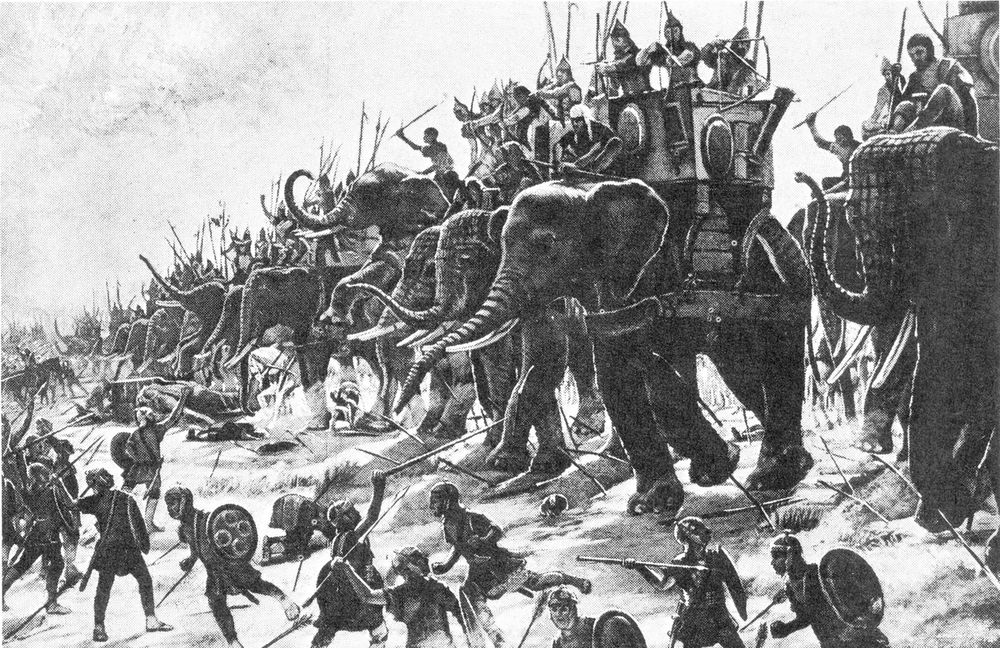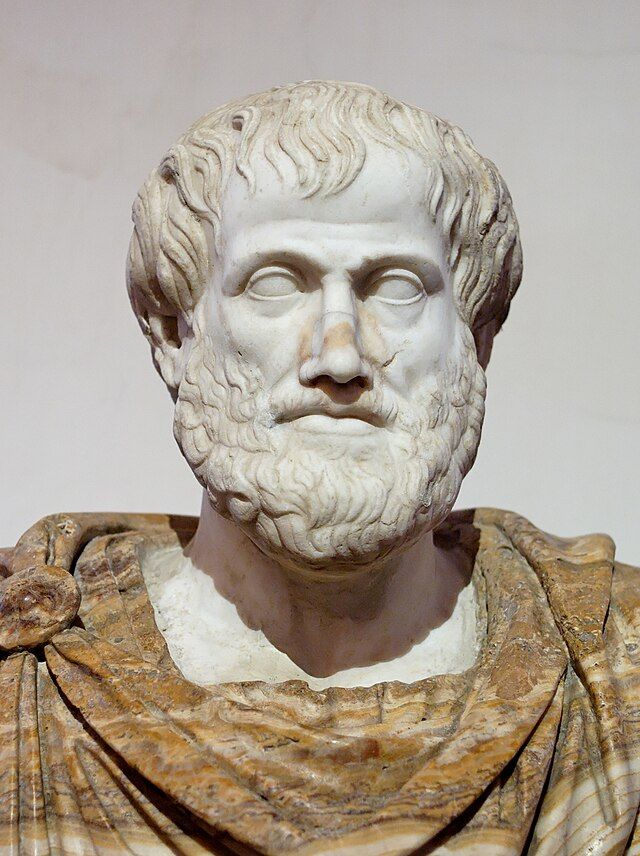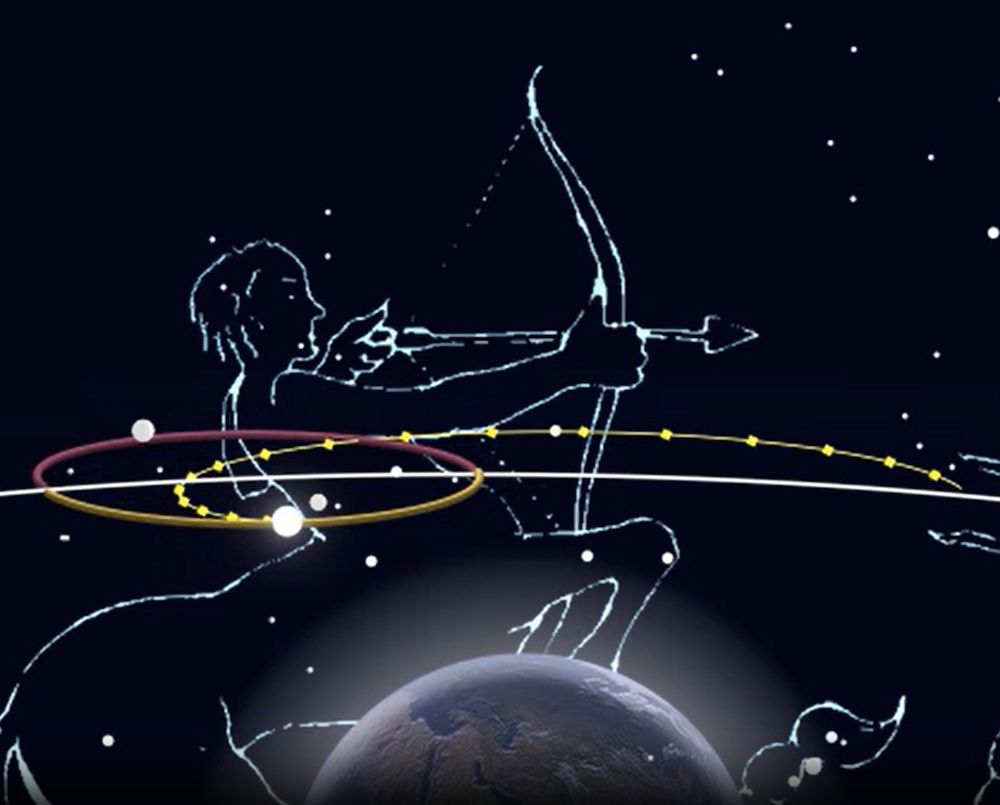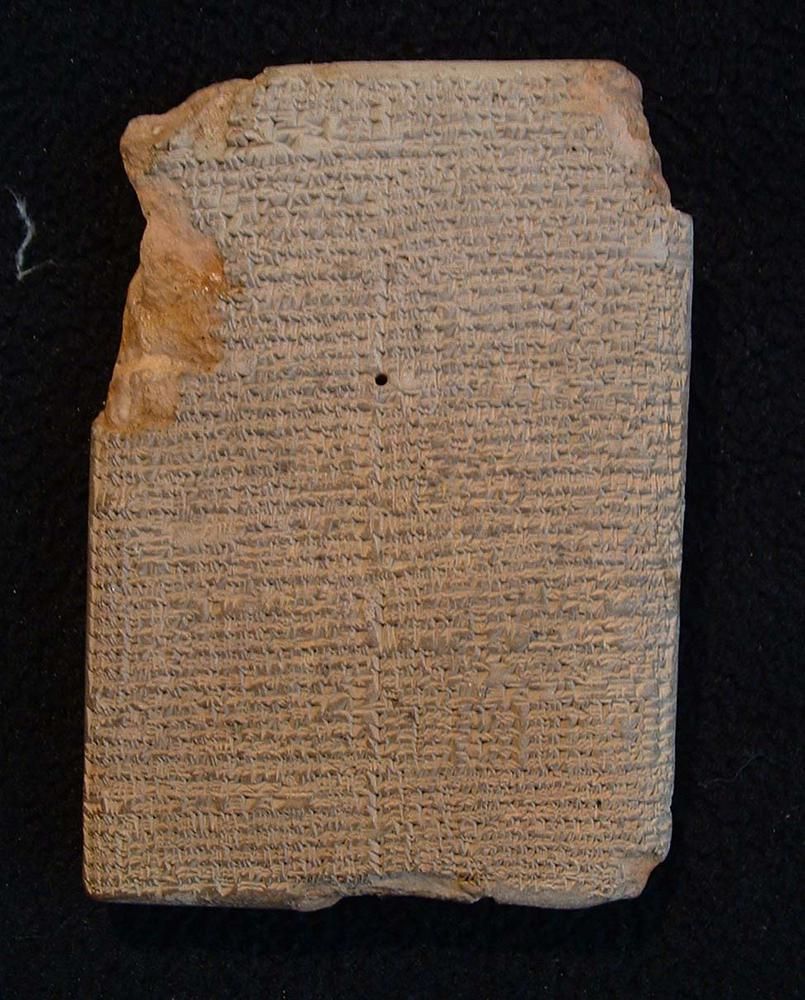
Find the podcast here:
https://thecompletehistoryofscience.buzzsprout.com/
Or any podcasting app (Spotify, Apple, Youtube etc.)
https://buymeacoffee.com/completehistoryofscience
But how did he know? Elephants didn’t live in Greece.
The leading theory:
His former student, Alexander the Great, may have sent him one from his conquests in Asia.

But how did he know? Elephants didn’t live in Greece.
The leading theory:
His former student, Alexander the Great, may have sent him one from his conquests in Asia.
Not eggs, like most fish. We'd now call them ovoviviparous.
This was ahead of its time and wasn’t confirmed by scientists until the 19th century.

Not eggs, like most fish. We'd now call them ovoviviparous.
This was ahead of its time and wasn’t confirmed by scientists until the 19th century.
More than 2,000 years ago, he began observing animals closely, recording their bodies, habits and behaviour.
🧵 Here are a few of his strangest and most impressive discoveries:

More than 2,000 years ago, he began observing animals closely, recording their bodies, habits and behaviour.
🧵 Here are a few of his strangest and most impressive discoveries:
Unlike the Sun, Moon and Stars, the planets paths are much harder to track. The planets ‘wander’ from the Greek word for wanderer ‘planen’.

Unlike the Sun, Moon and Stars, the planets paths are much harder to track. The planets ‘wander’ from the Greek word for wanderer ‘planen’.
The MUL.APIN tablets were the records of the priests’ observations of the night sky.
They include observations of constellations for example, The Old Man.

The MUL.APIN tablets were the records of the priests’ observations of the night sky.
They include observations of constellations for example, The Old Man.
They are called the MUL.APIN tablets and were created in the ancient civilisation of Babylon.
Let’s talk about the first stargazers who turned sky-watching into science. 👇

They are called the MUL.APIN tablets and were created in the ancient civilisation of Babylon.
Let’s talk about the first stargazers who turned sky-watching into science. 👇
For example it is shortest (1) on the Summer solstice when the sun is close to directly overhead. It is longest (7) on the winter solstice when the sun is lowest in the sky. These patterns repeat every 365 days.

For example it is shortest (1) on the Summer solstice when the sun is close to directly overhead. It is longest (7) on the winter solstice when the sun is lowest in the sky. These patterns repeat every 365 days.

I am going to start a series of threads giving a brief history of science from the beginning.
And where else to start but in Ancient Egypt... 🧵

I am going to start a series of threads giving a brief history of science from the beginning.
And where else to start but in Ancient Egypt... 🧵

